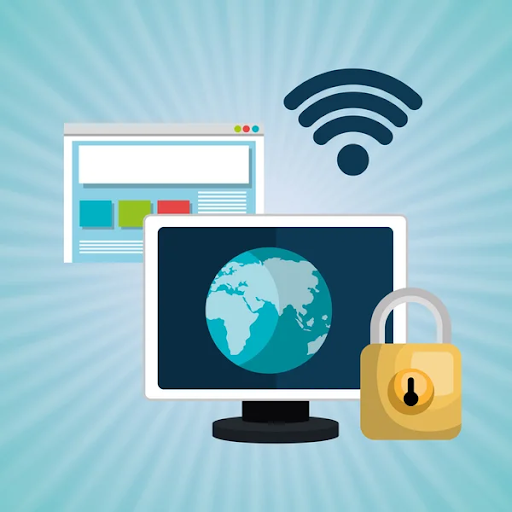The ever-growing popularity of online learning, interactive platforms, and remote access to educational materials opens up new opportunities for students and teachers around the world. However, along with the development of smart learning, the level of cyber threats also increases. Malicious software, or malware for short, plays a leading role among these threats. Successful and secure learning in the digital world is impossible without understanding what malware is and how it works. It is also important to know exactly what steps to take. In particular, to protect devices from potential infection. It is essential for those users who use smartphones, tablets, or computers for remote learning on a daily basis to be aware of this.
What is Malware? Definition and Types of Threats
Malware simple definition can be described as any software developed with the intent to harm a computer, user, or network. Malware’s simple definition only superficially describes the essence of this issue. Malicious software can be extremely complex. In particular,
it can:
- Operate secretly for years,
- Steal confidential information,
- Block devices,
- Even control them without the user’s permission.
Types of malware. How they work
Viruses
Self-replicating programs that attach themselves to other files or programs and become active when they are opened.
RAT
A special type of Trojan that allows an attacker to completely control the infected device.
Trojans
Programs that are disguised as legitimate software but actually carry malicious functionality.
Ransomware
Blocks access to files or devices and demands a ransom.
Worms
Spread independently through networks without user involvement.
Spyware
Malicious software that tracks user activity without their consent.
Practical Tips for Protecting Against Malware
Sometimes users may not even realize that their device is infected. However, there are several warning signs:
- Sudden reboots and crashes,
- Slow system performance,
- Unwanted ads or redirects in your browser,
- Appearance of unfamiliar programs,
- Loss of access to files.
Fighting RAT viruses
RAT viruses are among the most dangerous types of malware. They belong to the remote administration tool malware class. These programs are designed to secretly control a device. An attacker can:
- Turn on the webcam,
- Access files,
- Read passwords,
- Remotely launch programs.
In such situations it is crucial for each online learner or educator to have a proven tool for detecting and removing the threat. One of the most effective ways to protect ones device is to use a specialized service. The one that focuses on removing RAT viruses. If you want to check your computer for such threats and remove them, then simply get an access to a reliable tool that offers scanning, removal, and further protection against reinfection. It will give you confidence in the security of your device. Especially if you actively use it for online learning.
Malware prevention best practices
After removing the threat, take steps to prevent similar incidents in the future.
Install antivirus software.
It provides a basic level of protection.
Update your OS and software.
If you do these actions regularly, you close vulnerabilities that malware can exploit.
Avoid suspicious links, attachments, etc.
Never open email attachments from unknown senders.
Create backups.
Protect your data in case of a ransomware attack.
Configure your Firewall.
To control incoming and outgoing traffic.
Use a VPN.
Especially when connecting to public Wi-Fi networks.
Secure Environment for Smart Learning. A Comprehensive Approach
With the growing popularity of online schools and EdTech platforms, students’ personal computers are becoming valuable targets for cybercriminals. Through such devices, attackers can gain access to corporate accounts, academic information, and financial data.
In the context of smart learning, where technology is integrated into every aspect of education, it is critical to ensure network malware protection for the transmission of knowledge.
Schools and universities must take responsibility for protecting not only their infrastructure but also student devices. Mandatory measures should include:
- Conducting regular network audits,
- Installing corporate antivirus software,
- Cybersecurity training programs,
- Developing cybersecurity policies.
Personal digital hygiene
Every user should know that even the best security system will not work without personal vigilance. That is why digital hygiene is another foundation of network malware protection.
- Use strong passwords,
- Avoid pirated software,
- Do not store passwords in an unencrypted form,
- Do not leave your device unattended.
Conclusion
Online education continues to open new horizons and opportunities for students around the world. However, with these opportunities never seen earlier, increased risks quite often appear. Malware poses a serious threat to smart learning. Especially when it comes to RAT viruses, ransomware, or other forms of remote administration tool malware. Regular prevention, the use of modern protection tools, and adherence to the malware prevention best practices have become a necessity. Only in a secure online environment is true intellectual growth possible. By protecting our devices, we protect not only our information, but also our future.

